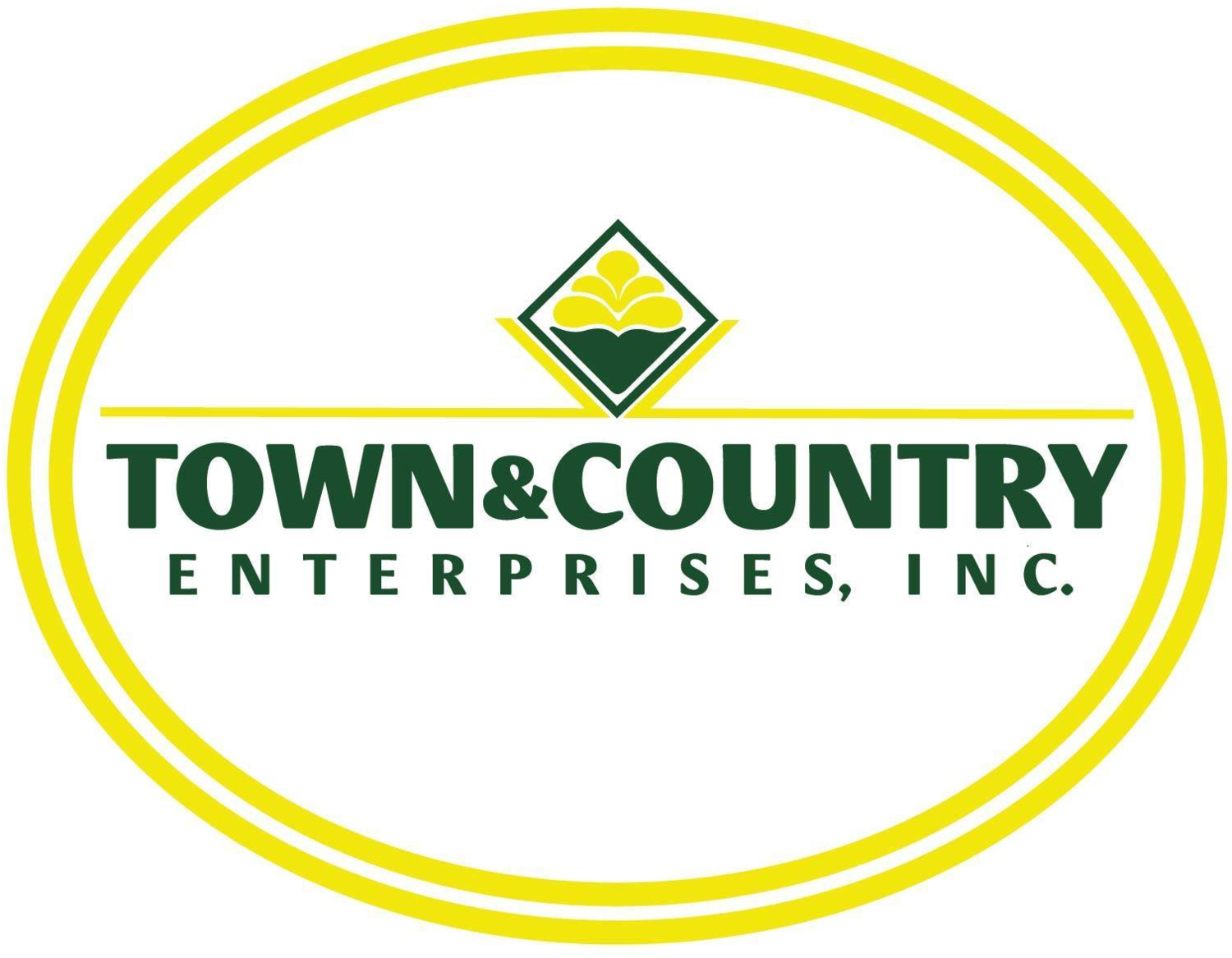7 Plants in Your Victor, NY, Landscaping That Likely Need Pruning This Spring
When it’s time for spring landscaping and pruning in Victor, NY, you may be wondering what specific plants will require attention. Your landscape team will know exactly what to do for pruning service, but for the curious, it is important to properly identify the species of the plant because some plants need to be pruned in the spring while others need to be pruned in the fall. Pruning a plant in the wrong season could mean cutting off healthy buds and preventing growth.
A simple pruning guideline that is often followed is referred to as the five D’s of what should be pruned: these are the dead, dying, damaged, disfigured, and diseased portions of a plant. Another common practice is removing branches or twigs that cross and rub together. Pruning the one that is less healthy can allow the healthier branch to thrive.
With these points in mind, here are seven plants that likely need pruning this spring.
Related: Pruning: What It Is and Why It Is Important to Your Landscape in Webster and Mendon, NY
Repeat-Flowering Roses
Repeat-flowering roses bloom from spring until frost. Some of the common repeat-flowering roses include the Molineux, Perfect Pet, Tranquility, Golden Celebration, Super Fairy, Lady of Shalott, and Thomas à Becket. Repeat-flowering roses should typically be pruned in the early spring.
Butterfly Bushes
Since butterfly bushes die back every winter, pruning them is fairly straightforward. They may need to be pruned in the early spring after the chance of frost has passed, and when they begin to leaf out. In colder climates, it is often a good idea to add an additional layer of mulch to help insulate the plant.
Upright Sedum
In the springtime, upright sedum stems could be pruned to the base of the plant, about an inch from the soil. Pruning allows for new growth to occur and usually happens a few weeks after pruning.
Black-eyed Susans
Dead flower stems should be removed at the base of the plant in the springtime. They are generally pruned to 2 inches above the soil. Some choose to prune their black-eyed Susans in the fall, but they are also commonly left to go to seed over the winter because they can help feed wildlife.
Chrysanthemums
If your chrysanthemums have survived the winter, they will need to be pruned in the spring. The chrysanthemum tops and all dead portions of the plant should be cut to the base.
Purple Coneflower
The purple coneflower is often left over the winter so that its seeds can feed birds. In the springtime, purple coneflowers should be pruned back to the base before they begin to grow. They are generally pruned to approximately 1 to 4 inches from the soil.
Bluebeard
After a cold winter, bluebeard plants will have died to the ground. In the springtime, this plant should be pruned back to approximately 6 inches or cut down to live buds on the stems. This is typically meant to encourage dense new growth.
Related: Why You Need to Include Pruning in Your Landscape Plan in Penfield and Pittsford, NY
About the Author
Home and business owners in Rochester, New York, and surrounding areas have relied on the extensive knowledge and expertise of Town & Country Enterprises for their landscape care and renovations since 1976. What started as a love for landscaping and student summer job evolved into the full-service company that we are today, delivering outdoor living spaces that enhance both your lifestyle and the overall beauty of your home.

